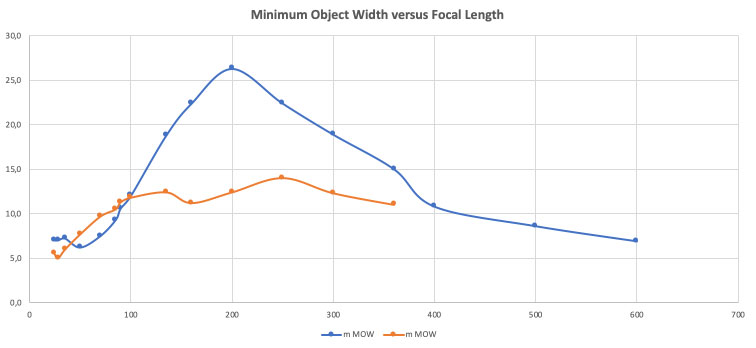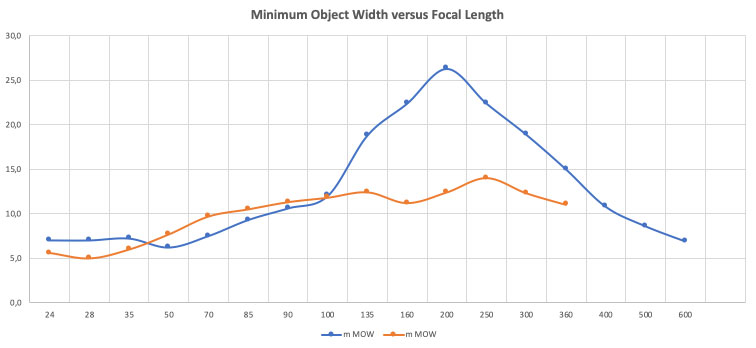Panasonic TZ202: Close-Up Introduction and First Samples
This page and its companion pages discuss the macro, or better, close-up, abilities of the Panasonic TZ202. Although the camera has a macro mode (allowing shots from 3 cm), I would not call these photos "macros" and therefore use the term "close-up."
This page investigates the minimum object width for the Panasonic TZ202 under various conditions (in my opinion this tells you more than the maximum magnification) and presents sample photos that demonstrate the camera's close-up abilities.
Introduction
Ricoh's small sensor cameras, including the "old" GRs, are extremely good macro shooters. The Ricoh R and CX series as well as the Ricoh GXR S10 and particularly, P10 camera units demonstrate what is possible (see elsewhere on this site). Having a 1" sensor (size: 13.2 x 8.8 mm), the Panasonic TZ202 cannot really compete with these small-sensor cameras. On this page, I test the minimum object width for the camera, calculate its magnification, and provide some sample close-up photos.
Investigations
Panasonic does not disclose the maximum possible magnification for the TZ202 in macro AF mode. I took a few test shots (see some examples below) with autofocus and found for selected focal lengths a minimum object width of:
- 24 mm: approx. 56 mm (at 3 cm object distance according to camera, not measured)
- 160 mm: approx. 114 mm (at 50 cm object distance according to camera, not measured)
- 200 mm: approx. 125 mm (at 70 cm object distance according to camera, not measured)
- 360 mm: approx. 109 mm (at 100 cm object distance according to camera, not measured)
That is, at the telephoto end you get about 11 cm, that is, a little more than the width of a postcard, whereas at the wide end you get less than a credit card.
Note that at a focal length of 160 mm you get nearly the result of the telephoto end at 50 cm distance and with less danger of motion blur...
Test Shots
The following informal photos measure the minimum object width (using manual focus) at the extreme ends of the zoom range using a folding rule:
 |
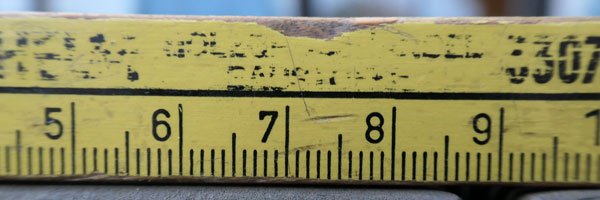 |
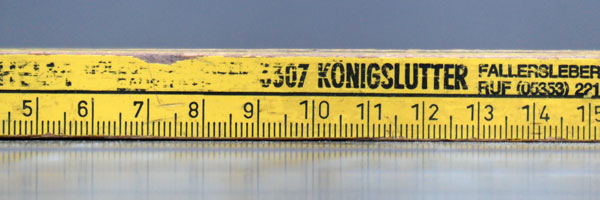 |
||
24 mm: 56 mm |
24 mm: 56 mm |
360 mm: 109 mm |
||
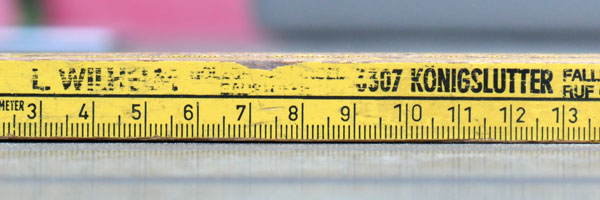 |
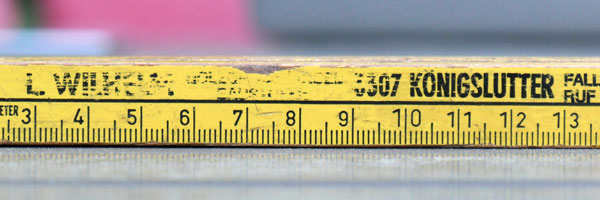 |
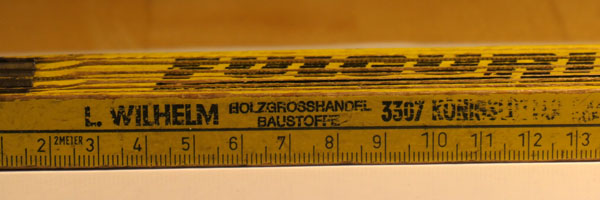 |
||
160 mm: 114 mm |
160 mm: 114 mm |
200 mm: 125 mm |
Calculating Maximum Magnification
The above data allows me to calculate the maximum magnification for the Panasonic TZ202 (adopted from dkpeterborough, L-Camera-Forum):
- Sensor width / object width = 13.2 [mm] / object width [mm]
- 13.2 [mm] / 56 [mm] = 0.236 => 1:4.24
This result does not look impressive, but for close-up shots of flowers the close-up abilities of the Panasonic TZ202 are still useful, as the samples below demonstrate. And compared with a full-frame camera, this is better than 1:2.
Da Capo
I did a second round for measuring the minimum object size. This time I did so for all zoom steps to find out whether there are any "interesting" focal lengths for close-up shots. The following table shows the results:
| Focal Length (mm) | 24 |
28 |
35 |
50 |
70 |
90 |
135 |
160 |
200 |
250 |
300 |
360 |
| Min. Distance normal (m)* | 0.5 |
0.5 |
0.5 |
0.5 |
0.5 |
0.5 |
0.5 |
0.5 |
0.7 |
1.0 |
1.0 |
1.0 |
| Min. Distance macro (m)* | 0.03 |
0.03 |
0.05 |
0.1 |
0.2 |
0.3 |
0.5 |
0.5 |
0.7 |
1.0 |
1.0 |
1.0 |
| Min. Object Size macro (mm) | 55-56 |
49-50 |
59-60 |
76-77 |
96-97 |
112-113 |
123-124 |
110-114 |
123-125 |
140 |
123 |
110 |
| Largest Aperture (... f/8)* | 3.3 |
3.5 |
3.7 |
4.2 |
4.7 |
5.0 |
5.7 |
5.8 |
6.1 |
6.3 |
6.4 |
6.4 |
*) As given by the camera, min distances not measured
The results are similar to the previous ones, which is no surprise, of course. Also note that these are not "precision" measurements anyway. There seems indeed to be an interesting "spot" at a focal length of 160 mm if you go for maximum magnification and want or need a lower object distance (50 cm). A focal length of 90 mm might be also fine if an object distance of 30 cm is OK. This increases the f-stop range of the camera to more than one f-stop and thus, provides a little more flexibility.
28 mm seems to be another interesting "spot," which, contrary to what the manual states, delivers the maximum magnification with a minimum object size of 50 mm (2 inches) at a distance of 3 cm. 35 mm to 70 mm still deliver a maximum object size below 10 cm at distances between 5 and 20 cm. They might be an option if you cannot or do not want to get as close as 3 cm to the object.
Finally, a focal length of 360 mm delivers a minimum object width of about 11 cm at a distance of 1 m. This might be useful for butterflies and other animals that might be scared off by taking photos at shorter distances, and for objects that you cannot get closer to.
BTW: I checked the results for 24, 28 and 35 mm once again and arrived at similar results.
Diagrams
On another page, I consolidated these numbers a little bit and added Sony RX10 M3 data to be able to create diagrams from them and to compare the close-up behaviors of both cameras. Both diagrams show my mean minimum object width values across the focal length scale.
Do not take all this too seriously, but a few things can be easily read from the diagrams and the table above. Here, I comment only on the TZ202 (see also the more detailed comments above):
- The TZ202 lens has its "sweet spots" for close-up shots at 28 mm, 160 mm, and 360 mm (with nearly the same magnification at 360 mm as at 160 mm).
- The smallest minimum object width that the TZ202 can achieve are about 5 cm at 28 mm; at 160 and 360 mm, the minimum object width decreases to about 11 cm.
- For the TZ202, minimum object width always stays below the size of a postcard.
Close-Up Samples - "Sweet Spots"
The following close-up sample demonstrate the "sweet spots" of the lens for taking optimal close-ups (the maximum width of the butterfly Hamadryas belladonna is about 6.8 cm):
 |
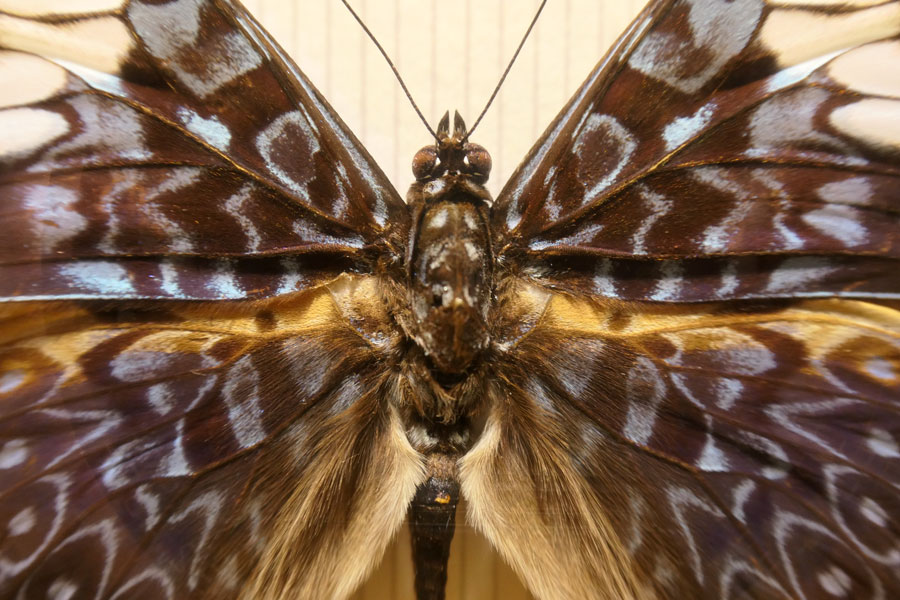 |
|
24 mm* (5.5-5.6 cm) |
28 mm (4.9-5.0 cm) |
|
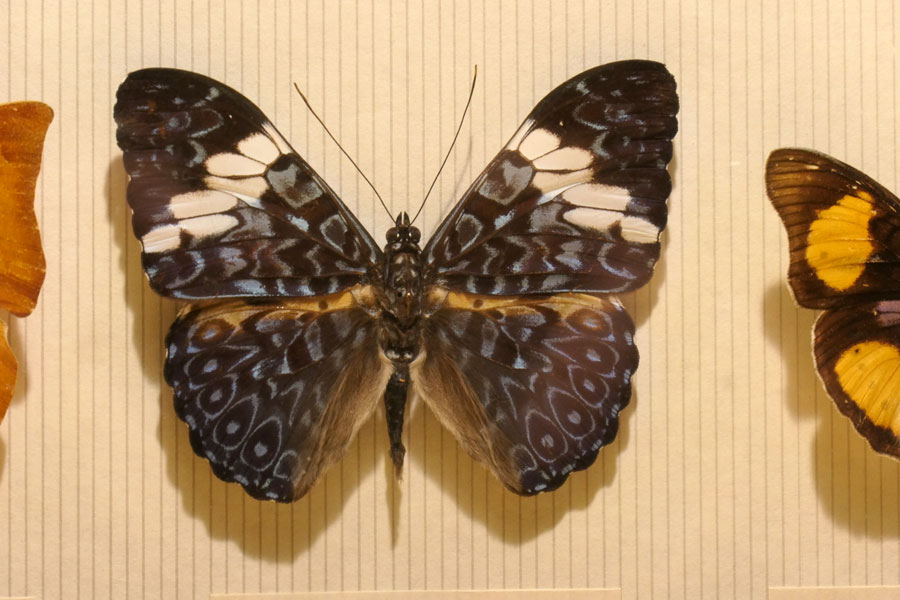 |
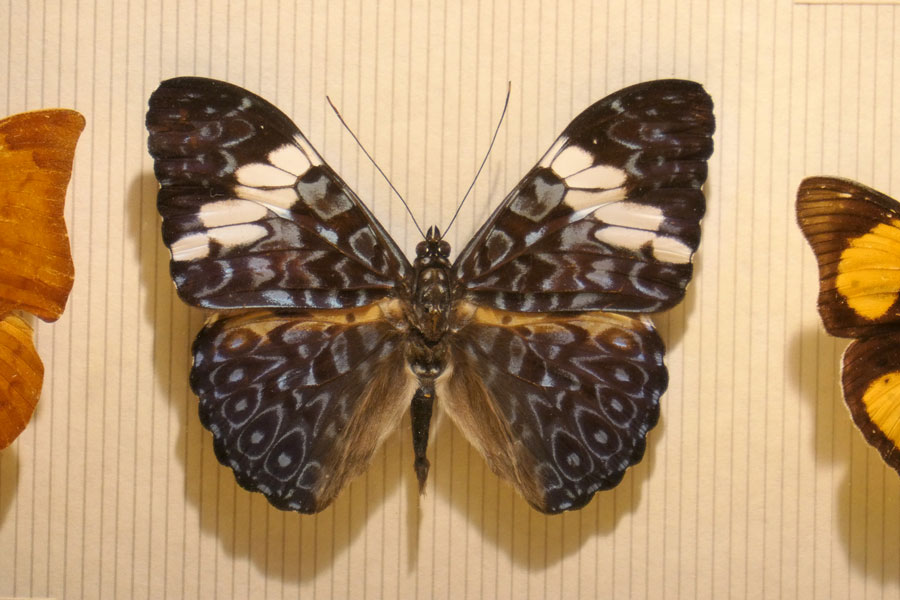 |
|
160 mm (11.0-11.4 cm; approx.50 cm) |
360 mm (11.0 cm; approx. 100 cm) |
|
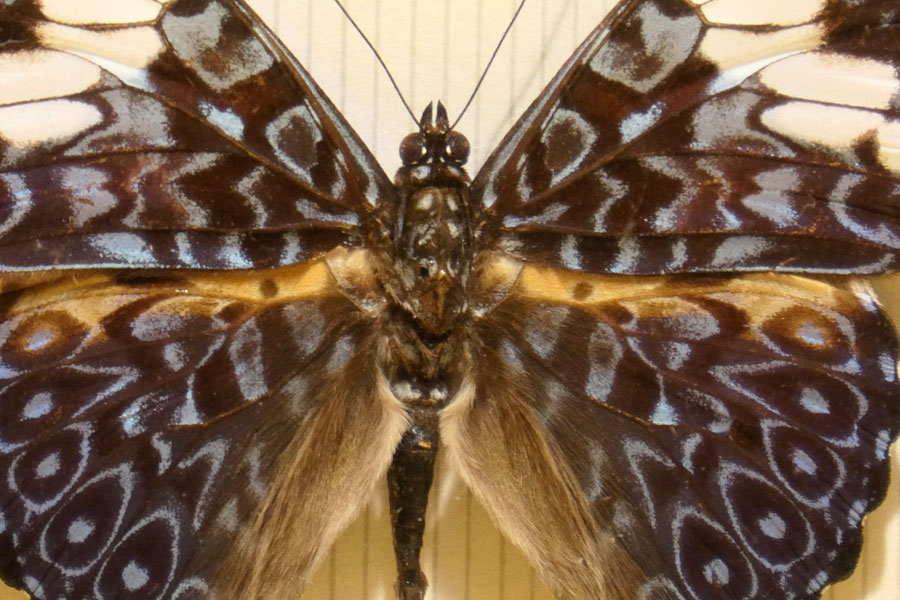 |
 |
|
720 mm, i.Zoom (digital zoom; 5.5 cm; approx. 100 cm) |
Ditto, for comparison purposes |
Sample Photos
Very First Samples
 |
 |
|
 |
 |
|
 |
 |
All photos taken with a focal length of 360 mm and a distance of about 1 m.
A Walk (the Next Day)...
 |
 |
|
 |
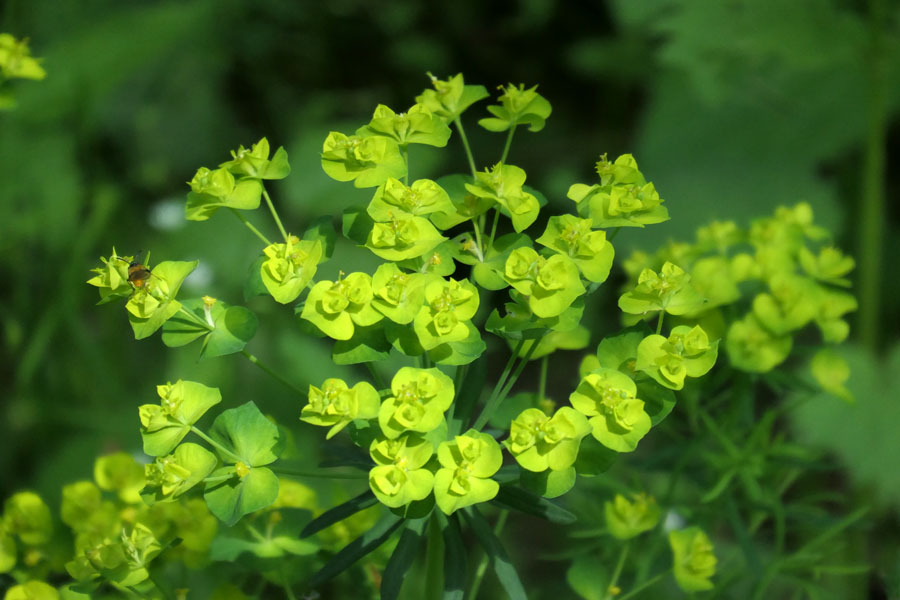 |
|
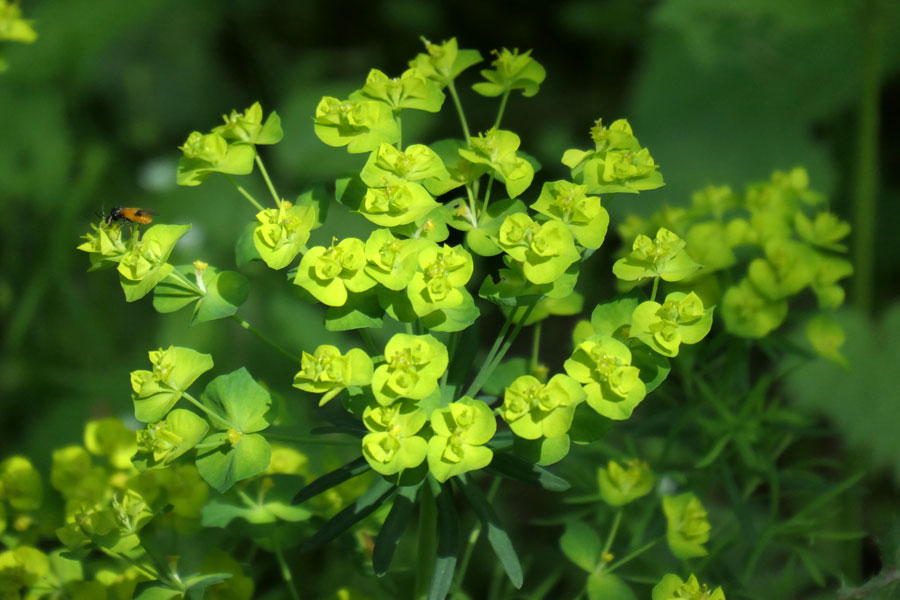 |
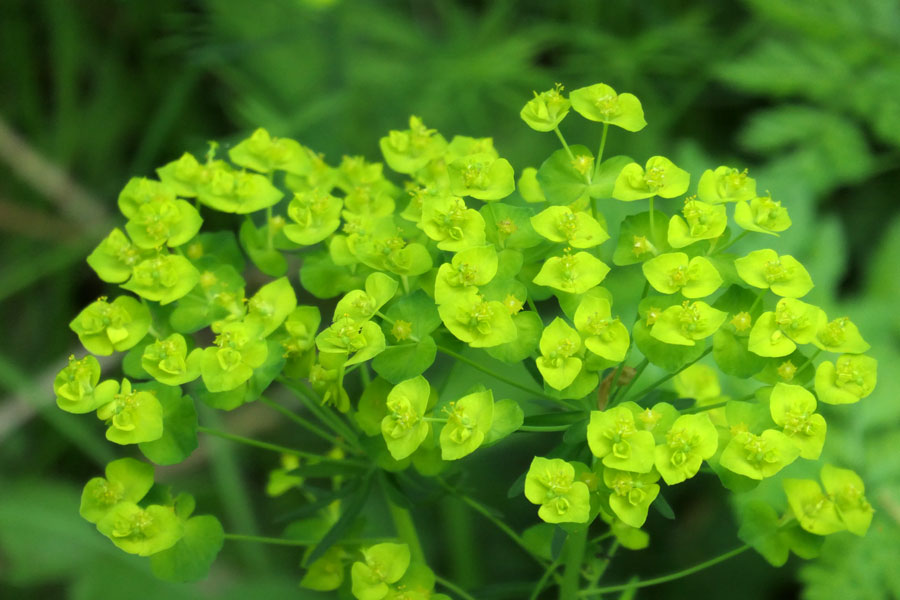 |
Photos taken at different focal lengths, May beetle taken at 24 mm
A Few More (the Day After)...
 |
 |
|
 |
 |
|
 |
 |
And on the Afternoon of the Same Day...
 |
 |
|
 |
 |
|
 |
 |
|
 |
 |
Comparisons with Sony RX100 M1 and Sony RX100 M4
I compared the close-up capabilities of the Panasonic TZ202 at the wide end with those of the Sony RX100 M1 and M4 and got the following results in my first test:
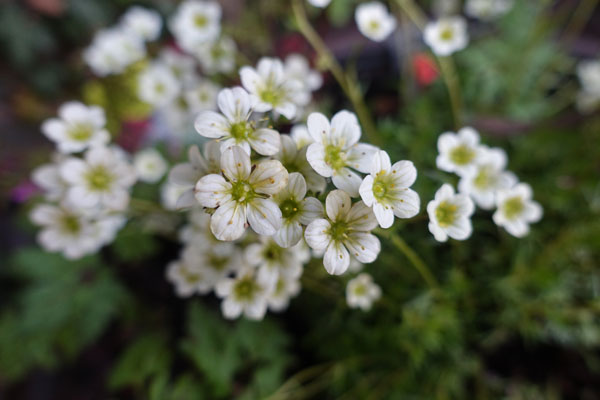 |
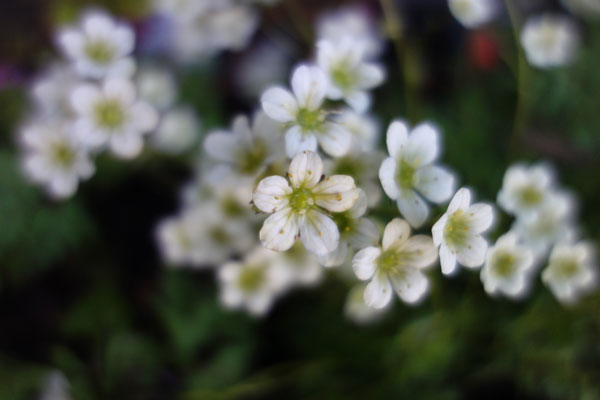 |
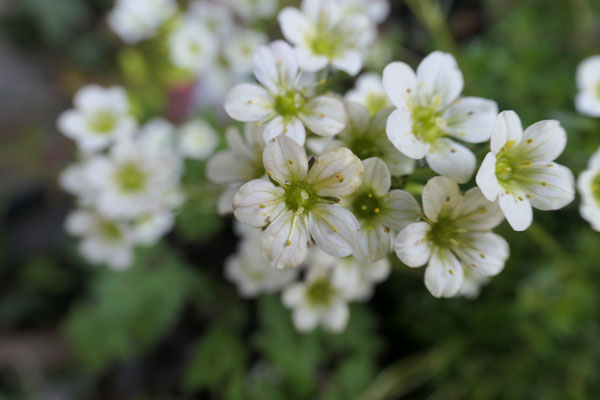 |
||
Sony RX100 M4 at 5 cm (24 mm) |
Sony RX100 M1 at 5 cm (28 mm) |
Panasonic TZ202 at 3 cm (24 mm) |
Overall, the Panasonic TZ202 seems to deliver the largest magnification of our small cameras at the wide end (this was not an exact test...).
Here is a second test after I had discovered that the Panasonic TZ202 achieves even more magnification at a focal length of 28 mm. At 35 mm it seems to be a little less than at 24 mm, but the distance to the object increases to 5 cm, which may be welcome. Here, however, the flower looks a little bit larger for 35 mm than for 24 mm...
 |
 |
 |
||
Sony RX100 M4 at 5 cm (24 mm) |
Sony RX100 M1 at 5 cm (28 mm) |
Panasonic TZ202 at 3 cm (24 mm) |
||
 |
 |
 |
||
Panasonic TZ202 at 3 cm (24 mm) |
Panasonic TZ202 at 3 cm (28 mm) |
Panasonic TZ202 at 5 cm (35 mm) |
I also tested a second motif on the same day:
 |
 |
 |
||
Sony RX100 M4 at 5 cm (24 mm) |
Sony RX100 M1 at 5 cm (28 mm) |
Panasonic TZ202 at 3 cm (24 mm) |
||
 |
 |
 |
||
Panasonic TZ202 at 3 cm (24 mm) |
Panasonic TZ202 at 3 cm (28 mm) |
Panasonic TZ202 at 5 cm (35 mm) |
Here again, the magnification seems to be a little higher for 35 mm than for 24 mm, despite the fact that my "exact" ruler tests told a different story...
| 30.05.2022 |
